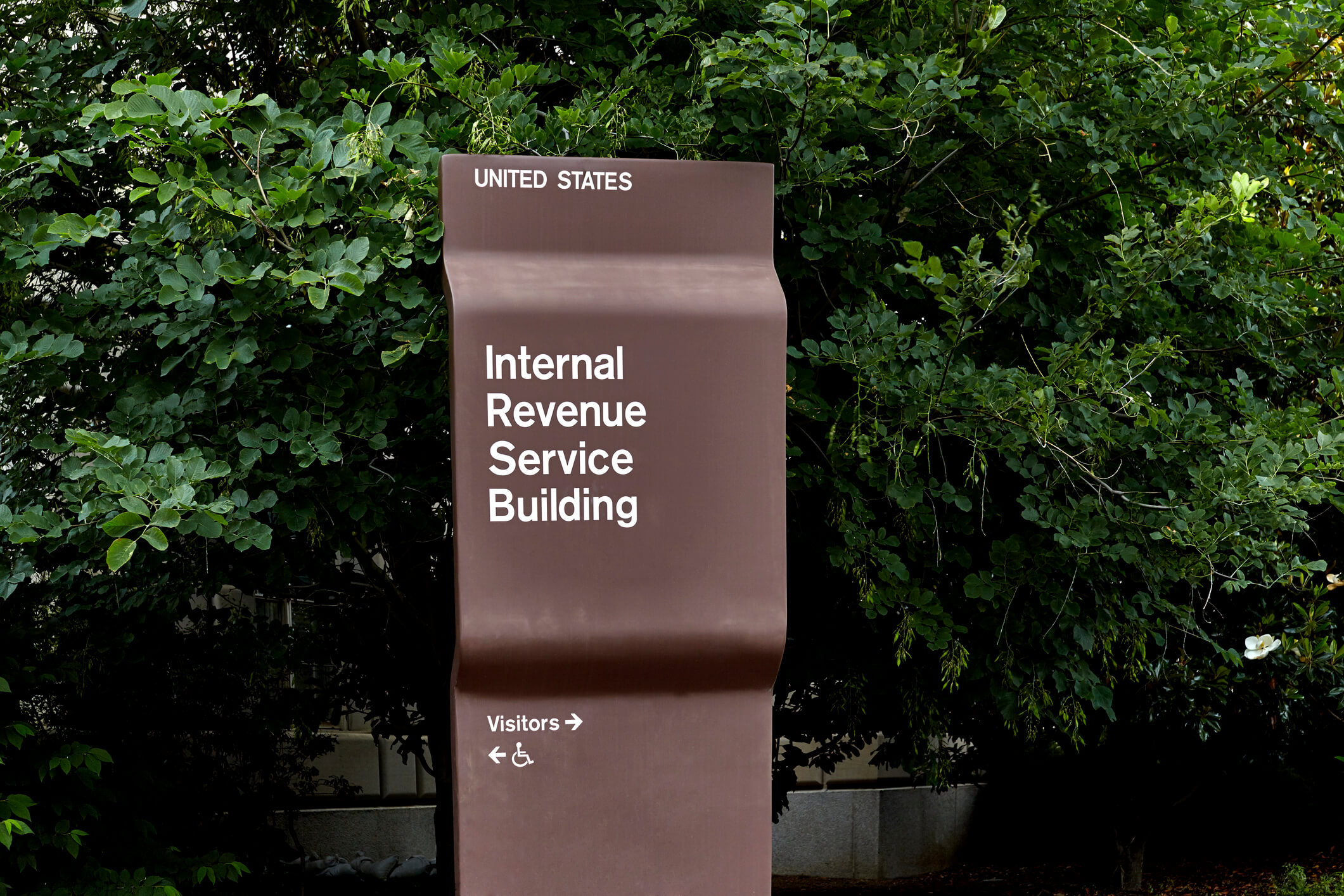Essential Guide to Fire Inventory Loss Calculation Strategies
Fire inventory loss calculation determines the monetary value of business inventory destroyed or damaged by fire, primarily using the gross profit method which calculates cost of goods sold percentages and subtracts from goods available for sale to establish accurate loss estimates. This systematic accounting approach helps businesses document losses for insurance claims, maintain regulatory compliance, and secure maximum compensation following fire incidents.
Over my 20 years leading Complete Controller, I’ve witnessed firsthand how proper loss calculations can save businesses from financial ruin after fire disasters. The statistics are sobering—90% of businesses affected by disasters fail within two years, and 40% never reopen their doors. This comprehensive guide shares proven strategies that have helped our clients navigate fire recovery successfully, providing practical steps for calculating losses accurately while maximizing insurance settlements.

What is the fire inventory loss calculation?
- Fire inventory loss calculation determines the monetary values of inventory destroyed by fire using accounting methods like gross profit calculations
- Calculate the cost of goods sold percentages from historical data, then estimate the ending inventory values based on goods available for sale
- Gather financial records, assess physical damage, and apply valuation techniques for accurate replacement cost determination
- Understand inventory valuation methods, insurance policy terms, and compliance requirements for proper loss reporting
- Maintain detailed records, implement risk management strategies, and work with qualified professionals throughout the process
Understanding Fire Inventory Loss Fundamentals
Fire disasters create devastating financial impacts that extend far beyond visible damage. The 2023 U.S. fire statistics paint a stark picture—approximately 1,389,000 fires caused $23.2 billion in total losses, with structure fires alone accounting for $14.7 billion in damages. These numbers represent real businesses facing existential threats, making accurate loss calculation critical for survival.
The foundation of effective fire inventory loss calculation rests on understanding core accounting principles and systematic application to damaged goods. Successful recovery depends on proper documentation, thorough assessment procedures, and strategic implementation of proven calculation methods that insurance companies accept and respect.
The gross profit method explained
The gross profit method serves as the gold standard for estimating inventory losses when physical counts become impossible due to fire damage. This technique leverages historical financial data to determine expected inventory levels at the time of loss, providing defensible estimates that insurance companies recognize as legitimate.
The calculation begins by establishing your business’s gross profit percentage from previous periods. Subtract this percentage from 100% to determine your cost of goods sold percentage. Multiply this COGS percentage by actual sales to calculate the inventory that should have been sold. Add beginning inventory to purchases, then subtract calculated COGS to determine estimated ending inventory—your primary loss figure.
Components of a comprehensive fire assessment
Professional fire damage assessment encompasses structural evaluation, smoke contamination analysis, and business interruption impacts beyond simple inventory counting. Trained assessors examine building integrity using infrared cameras and moisture meters while documenting all damage forms affecting operations.
Assessment typically begins within 24-48 hours when safety permits, establishing the foundation for all subsequent calculations. Early engagement prevents evidence deterioration while capturing critical details insurance adjusters require. This multi-faceted approach captures both visible destruction and hidden damage that affects total loss values.
Step-by-Step Fire Loss Calculation Process
Accurate fire inventory loss calculation requires methodical application of accounting principles combined with comprehensive documentation. The process transforms raw financial data into defensible loss estimates that support maximum insurance recovery while maintaining compliance with regulatory requirements.
Implementing gross profit calculations
Start by gathering sales figures from the 12 months preceding the fire to establish reliable gross profit percentages. Calculate your gross profit margin by dividing gross profit by total sales, then subtract from 100% to find your cost of goods sold percentage.
Next, determine goods available for sale by adding beginning inventory to all purchases made before the fire. Apply your COGS percentage to actual sales during the loss period, then subtract this figure from goods available to calculate estimated ending inventory. This ending inventory represents your primary loss amount, though adjustments for salvageable merchandise may apply.
Advanced valuation techniques
Sophisticated businesses employ multiple valuation approaches beyond basic calculations. Actual Cash Value considers depreciation for older inventory, while Replacement Cost Value focuses on current market prices for identical items. Market value assessments examine prevailing prices for similar goods.
When traditional records are destroyed, forensic accounting techniques become essential. Historical purchase analysis reviews supplier invoices to approximate inventory levels. Physical trace assessment uses warehouse blueprints and storage photographs to infer quantities. These alternative approaches provide crucial evidence when primary documentation is unavailable.

Documentation Requirements for Insurance Success
Insurance companies require extensive documentation to process fire inventory loss claims, placing the burden of proof entirely on policyholders. Inadequate documentation frequently results in delayed claims, disputes, or significantly reduced settlements that threaten business recovery.
Creating bulletproof inventory records
Effective documentation combines detailed item lists with supporting evidence validating ownership and value. Each inventory item requires:
- • Complete description including brand, model, and specifications
- • Quantity on hand at time of loss
- • Purchase date and original cost
- • Current replacement value with supporting quotes
- • Photographs showing condition and storage location
Modern businesses should maintain cloud-based inventory systems that automatically backup critical data off-site. These platforms generate transaction histories, movement reports, and valuation changes that strengthen claims while demonstrating sophisticated management practices insurance companies respect.
Establishing proof of ownership
Insurance adjusters demand concrete evidence that claimed inventory belonged to your business at stated values. Primary documentation includes receipts, invoices, and purchase orders, while warranties and maintenance logs provide additional validation.
Maintain supplier relationships who can verify purchase histories and provide current replacement estimates. Bank records and credit card statements offer secondary proof, while serial number photographs and appraisals for high-value items create unassailable evidence. This layered documentation approach maximizes recovery potential.
Business Interruption Impact Assessment
Fire damage extends beyond inventory destruction to encompass revenue losses and additional expenses that compound financial strain. Restaurant fires, averaging $25,790 in property damage, often trigger months of business interruption that dwarf physical losses.
Calculating revenue losses
Business interruption calculations establish baseline revenue through historical analysis, accounting for seasonal patterns and growth trends. Forensic accountants project expected revenues without fire disruption, considering contracts, planned expansions, and market conditions.
Document all additional expenses including temporary facilities, emergency equipment, overtime labor, and expedited shipping. These costs receive coverage under most policies but require clear connection to the fire event. Maintain detailed records of every expense incurred due to the disruption.
Risk management for future protection
Forward-thinking businesses implement comprehensive risk management programs minimizing fire exposure while simplifying future calculations. Key strategies include:
- Installing advanced fire suppression systems
- Conducting regular electrical inspections
- Implementing employee safety training
- Maintaining off-site record backups
- Reviewing insurance coverage annually
Effective risk management includes predetermined recovery plans with alternative suppliers and temporary facility arrangements. Insurance companies reward sophisticated risk management with premium discounts and favorable claims treatment.
Professional Services and Recovery Excellence
Complex fire losses often require professional expertise to maximize recovery potential. A compelling example: one San Antonio family’s initial insurance offer ignored extensive smoke damage throughout their HVAC system until a public adjuster’s specialized testing documented dangerous soot levels, increasing their settlement by $65,000.
Leveraging public adjusters and CPAs
Public adjusters represent policyholders exclusively in insurance negotiations, balancing insurance company professionals. Their expertise in policy language and documentation requirements typically increases settlements substantially, though services cost 10-15% of recovered amounts.
Certified public accountants bring essential credibility to complex calculations, especially for business interruption claims. Their professional standing ensures calculations follow accepted accounting principles while providing expert testimony if disputes arise. CPAs also navigate tax implications of insurance settlements and casualty loss deductions.
Technology integration solutions
Contemporary inventory management systems provide powerful loss prevention and calculation tools. Cloud-based platforms maintain real-time records, track movements, and generate detailed reports supporting claims. Integration with security cameras and environmental monitoring creates comprehensive protection.
Advanced systems incorporate predictive analytics, identifying inventory risks and optimizing stock levels to reduce potential losses. Automated backup procedures and remote access capabilities ensure data survival and accessibility during disasters, transforming recovery complexity into manageable processes.
Final Thoughts
Fire inventory loss calculation represents a critical competency that determines business survival after disasters strike. Through systematic application of the gross profit method, comprehensive documentation practices, and strategic professional partnerships, businesses can protect themselves against devastating financial losses while positioning for successful recovery.
Having guided hundreds of businesses through fire recovery challenges, I’ve seen the profound difference proper preparation makes. The companies that thrive after disasters invariably maintain robust documentation systems, understand their coverage thoroughly, and access qualified professional support promptly. Don’t wait until disaster strikes—visit Complete Controller today to learn how our expert team can help implement proper inventory management systems and comprehensive risk protection strategies that safeguard your business future.

Frequently Asked Questions About Fire Inventory Loss Calculation
What is the gross profit method for calculating fire inventory losses?
The gross profit method estimates destroyed inventory by calculating your historical gross profit percentage, determining the cost of goods sold, then subtracting it from the total goods available for sale to find the estimated ending inventory value at the time of fire.
How long do I have to file an insurance claim for fire inventory losses?
Most commercial policies require initial notification within 30-60 days of the fire, with detailed proof of loss statements due within 60-90 days, though specific deadlines vary by policy and state regulations.
Can I calculate fire inventory losses without physical receipts?
Yes, alternative documentation like bank statements, supplier records, tax returns, and forensic accounting techniques can establish inventory values when original receipts are destroyed, though the process becomes more complex.
Should I accept the insurance company’s first settlement offer?
Initial offers typically undervalue losses significantly—consider consulting a public adjuster or CPA before accepting, as professional representation often increases settlements by 30-50% or more.
What’s the difference between actual cash value and replacement cost for inventory?
Actual cash value deducts depreciation from the original purchase price, while replacement cost covers current market prices for identical items. Replacement cost coverage typically provides significantly higher settlements for inventory losses.
Sources
- StudoCu. (March 25, 2022). “Gross Profit Method for Estimating Ending Inventory at Fire Loss.” https://www.studocu.com/row/messages/question/6962221/gross-profit-method-is-inventory-cost-method-used-for-estimated-ending-inventory-at-fire-loss
- Complete Controller. (January 5, 2024). “Compute Loss Inventory: Fire.” https://www.completecontroller.com/compute-loss-inventory-fire/
- West Coast Fire and Water. (September 18, 2024). “What is a Fire Damage Assessment and Why Do I Need One?” https://westcoastfireandwater.com/what-is-a-fire-damage-assessment-and-why-do-i-need-one/
- Cherry Bekaert. (April 3, 2025). “Calculating Business Interruption Lost Profits.” https://www.cbh.com/insights/articles/calculating-business-interruption-lost-profits/
- Small Business Chron. (October 27, 2016). “How to Calculate Inventory Lost in Catastrophe With the Gross Profit Method.” https://smallbusiness.chron.com/calculate-inventory-lost-catastrophe-gross-profit-method-10099.html
- Los Angeles County Economic Development Corporation. (2025). “Impact of 2025 Los Angeles Wildfires and Comparative Analysis.”
- Sill & Associates. (May 13, 2025). “Most small businesses fail in first 6 hours after a fire, how a public adjuster may help save your business.”
- Insurance Claim Recovery Support. (May 16, 2025). “The Ultimate Guide To Fire Claims Public Adjusters.”
- U.S. Fire Administration. (2023). “Statistics – Fires, deaths, injuries and dollar loss (2014-2023).”
- FEMA National Fire Academy. (2011). “Restaurant Building Fires.”
- Federal Emergency Management Agency (FEMA). https://www.fema.gov/
- National Institute of Standards and Technology (NIST). https://www.nist.gov/
- Wikipedia. “Insurance Claim.” https://en.wikipedia.org/wiki/Insurance_claim
- Complete Controller. “Optimal Insurance Policy Guidelines.” https://www.completecontroller.com/optimal-insurance-policy-guidelines/
- Complete Controller. “Business Bookkeeping Essentials.” https://www.completecontroller.com/business-bookkeeping-essentials/
- Complete Controller. “Efficient Business Finance Management.” https://www.completecontroller.com/efficient-business-finance-management/
 About Complete Controller® – America’s Bookkeeping Experts Complete Controller is the Nation’s Leader in virtual bookkeeping, providing service to businesses and households alike. Utilizing Complete Controller’s technology, clients gain access to a cloud platform where their QuickBooks™️ file, critical financial documents, and back-office tools are hosted in an efficient SSO environment. Complete Controller’s team of certified US-based accounting professionals provide bookkeeping, record storage, performance reporting, and controller services including training, cash-flow management, budgeting and forecasting, process and controls advisement, and bill-pay. With flat-rate service plans, Complete Controller is the most cost-effective expert accounting solution for business, family-office, trusts, and households of any size or complexity.
About Complete Controller® – America’s Bookkeeping Experts Complete Controller is the Nation’s Leader in virtual bookkeeping, providing service to businesses and households alike. Utilizing Complete Controller’s technology, clients gain access to a cloud platform where their QuickBooks™️ file, critical financial documents, and back-office tools are hosted in an efficient SSO environment. Complete Controller’s team of certified US-based accounting professionals provide bookkeeping, record storage, performance reporting, and controller services including training, cash-flow management, budgeting and forecasting, process and controls advisement, and bill-pay. With flat-rate service plans, Complete Controller is the most cost-effective expert accounting solution for business, family-office, trusts, and households of any size or complexity.
 Reviewed By:
Reviewed By:














